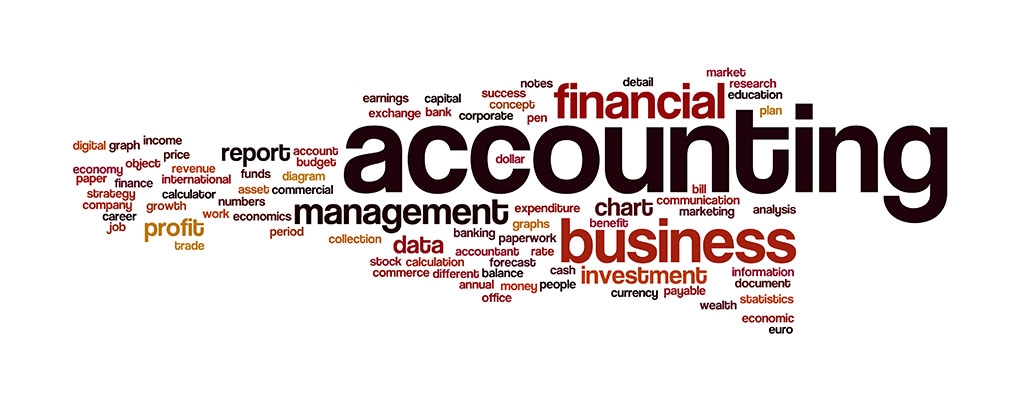Front-end devs are typically known as client-side or client-facing developers since the work they do is immediately apparent to website visitors. They are entrusted with the critical task of shaping websites’ and web applications’ user experience and interface. Their roles and responsibilities revolve around creating visually appealing, user-friendly, and responsive front end components. While frontend developers are also expected to have some knowledge of the backend and web design as well, they don’t need to know everything—that’s a full-stack developer’s job.
What Do I Need to Do to Become a Front-End Developer? Step-by-Step Guide
As a Front-End Developer, you’ll need to familiarize yourself with additional tools and technologies that make development easier and more efficient. You will also learn to integrate APIs (Application Programming Interfaces) into your projects. This lets you fetch data from weather services, social media platforms, or e-commerce sites, adding functionality and enriching your applications. Accessibility ensures that everyone can interact with web pages—including users with disabilities. That’s another critical task carried out by front-end developers.
- Here’s are some tips that’ll help you level up your developer portfolio to really make it stand out.
- You might be wondering how to become a frontend developer, and if you can do it without a degree.
- Although CSS has a reputation of being somewhat difficult to learn and use, this isn’t necessarily deserved.
- Here’s an overview of what someone wondering how to become a frontend developer should know.
Understand the fundamentals of front-end development.
Backbone is an open-source framework that is free for anyone to use, making it a popular choice for developing single-page web applications. Backbone is a simple framework with fewer features than some frameworks, so it is excellent for use with plugins. Backbone translates data into models and triggers custom events whenever a UI action changes a model.
I really liked how you explained Front End Development!
So, it’s essential to keep learning during and after a job search to keep up with new tools and trends. Becoming an expert frontend developer requires understanding accessibility and responsive design principles. These principles ensure that everyone can use your website and that it looks good on all devices. Front-end development provides a financially rewarding career path with competitive salaries.
Personal projects can be excellent for use in a portfolio to demonstrate your front-end development skills to employers. Consider taking front-end development courses on frameworks and libraries to further your understanding, or use them in a personal project to build your skills. Unit testing is the process of testing individual blocks of code, and unit testing frameworks provide a specific method and structure for doing so. The big idea with unit testing is that you write “tests” in code that test your other code, and you can do it with any programming language, including JavaScript.
Step 3: Participate in Coding Challenges and Open-Source Projects
For example, recent advancements in voice user interfaces (VUIs) will probably require front-end developers to incorporate voice-activated features into websites. To stay on top of these trends, check updates in relevant communities, follow industry experts, and constantly learn new skills. A front-end developer is a person in charge of creating user interfaces and experience i.e. They creatively create a website application that is user-friendly and looks great.
When you become skilled at using Git, you’ll work and deploy projects faster. This documentation provides a detailed guide to help you learn everything you need to know about Git. Front-end development is a highly sought-after skill set in the tech industry. The demand isn’t limited to a particular sector; it extends to healthcare, e-commerce, gaming, etc., making it a lucrative career choice. Knowing the frameworks and libraries will make you more attractive in the job market.
Understand how frameworks and industry standards have changed over the last couple of years. Looking at older frameworks, you will probably discover approaches and code which are now obsolete. As a front-end developer, you need to be aware that you put yourself in some kind of middleman role. As a middleman, you are in touch with QA people, clients, UX experts as well as other developers.
How to Become a Frontend Developer: A Complete Guide
This rate exceeds the average for all other jobs by a significant margin. So, there will always be a need for front-end developers, which means job security and a steady career path. Once you have gained proper knowledge of frontend by learning necessary skills and building a simple résumé, you can now begin to search for front-end job opportunities. Ember.js is an open-source front-end framework for developing web applications. Ember describes itself as being for “ambitious developers” because it lets users build complex web applications easily, allowing for scalability through structured code.
Follow a learning, practicing, and repetition cycle to enhance your skills. As you work on small projects, you’ll gain experience with HTML, CSS, and JavaScript. Front-end developers do not need a degree or a school certificate to work.
However, how much you earn can depend on your experience, the size of the company, and where you’re looking for a job. HTML, CSS, and JavaScript are the basic languages you need to know to create a website. Just remember – don’t compare yourself or your learning pace to that of others as you learn. Set aside some time each week or day to learn, do your best to stick to it, and then rejoice.
You can also build specialized skills with the Google UX Design Professional Certificate to prepare for a career as a UX designer. As a junior front-end developer, you will help to create and design specific aspects of the interface and interactive components of a website, software, or development project. You will often work with more experienced developers to design and code user interfaces. Beyond compensation, which is certainly important, the demand for front-end developers is strong and expected to keep growing. The BLS projects that from 2020 to 2030, web developer jobs should increase 13 percent in the United States, faster than the average for all occupations.
Much how to become a front end developer of the work you’ll be doing depends on skills you can learn and practice in a coding bootcamp, a college certificate course, or on your own. If you already have a degree in a non-CS field or have other reasons not to pursue a degree, an alternative option could make the most sense. That said, completing a CS degree will certainly provide a strong education and solid preparation for a front-end career.
- These include conferences, meet-ups, and online forums like the roadmap community.
- JavaScript is a programming language that allows you to make your web pages more interactive.
- Once upon a time, it was impossible to land a frontend development job without a degree.
- Many successful developers have transitioned into the field later in life—and from different backgrounds.
There are no specific educational qualifications required to become a Front-End Developer. A Front-End Developer is responsible for ensuring that a website or application is visually appealing, functional, and user-friendly. Leading IT companies like Oracle, IBM, Capgemini, and many others regularly offer numerous opportunities for front-end developers. In India, the average salary for a front-end developer ranges from 7-12 LPA. This makes it an attractive and rewarding career option for aspiring tech professionals. Front-end frameworks like React, Angular, or Vue.js offer pre-built components and streamlined development processes.
If you aren’t sure about exactly where to start, head over to edX, Udacity, or Coursera and look at the range of HTML, CSS, and JavaScript courses available. If you are having trouble finding freelance jobs to build your portfolio up, you could begin by taking a few small volunteer assignments. Reach out to your local, not for profit organization or charity and ask them if they could use your services. A lot of people choose to keep their portfolio on a website that they have built – see above – but this isn’t a must. What is a must is that you include your best work, set it up in an attractive, engaging manner and that you use it to showcase your skills as a developer.
They should understand how to create responsive designs, debug and test their code, and build websites that work in all browsers. Front-end developers (also referred to as front-end engineers or client-side developers) create the user interface (UI) and user experience (UX) of web pages and web applications. Using HTML, CSS, and JavaScript, they transform static designs into functional web pages. They create interactive and visual elements that users interact with directly, including buttons, forms, and navigation menus. You’ll need to learn new programming languages and libraries and stay on top of tech developments as they arise.












